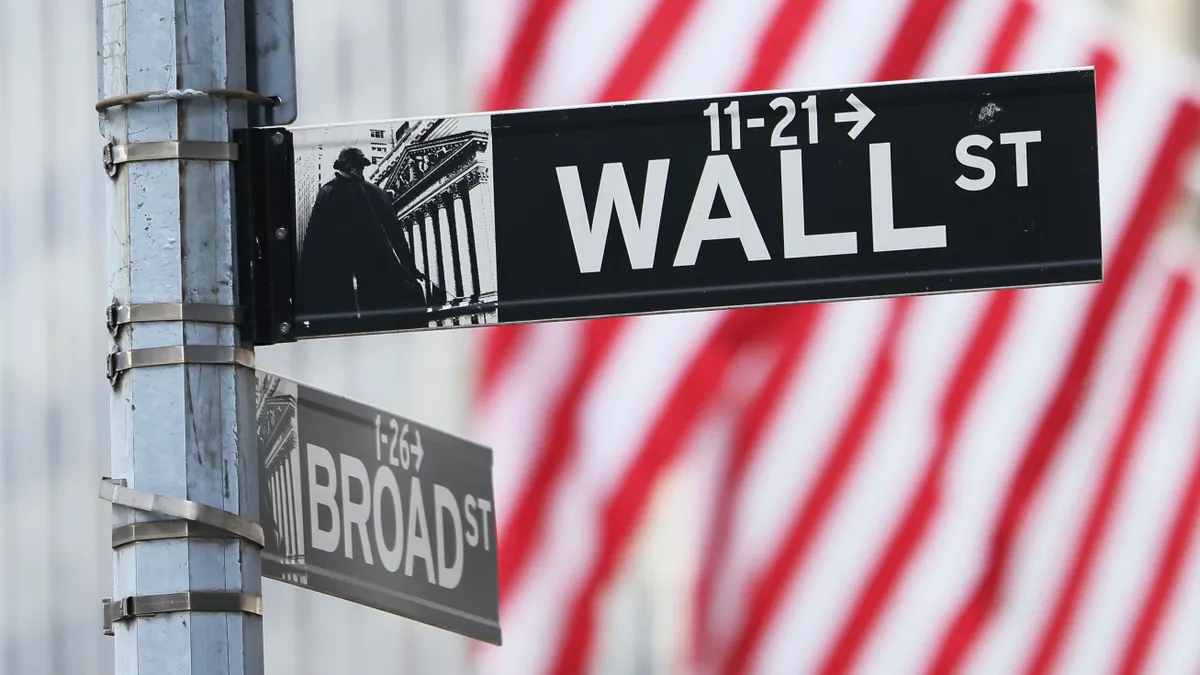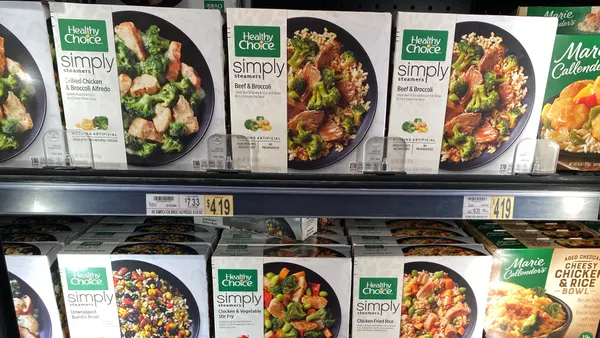Dive Brief:
- The proceeds from initial public offerings slumped 61% worldwide to $21.5 billion during the first quarter, pushed down by rising interest rates, volatile equity markets, persistent inflation and turbulence in global banking, EY said.
- “Amidst persistent macroeconomic and geopolitical uncertainty, exacerbated by stress in the global banking system, IPO windows are fleeting and funding conditions are getting tougher, with investors prioritizing value over growth,” EY Global IPO Leader Paul Go said in a statement.
- The number of IPOs in the Americas rose to 40 during the first quarter, an 11% gain from the first quarter of 2022, with proceeds increasing 9% to $2.6 billion, EY said after totaling reported IPOs from Jan. 1 until March 21, 2023, and expected transactions through March 31.
Dive Insight:
IPOs may fall following a pullback in credit caused by the March 10 collapse of Silicon Valley Bank and broad turmoil across the banking system, according to Mark Schwartz, the IPO and SPAC capital markets advisory leader at EY.
“IPO activity has already been constrained for the last five or so quarters and a credit squeeze generally won’t help that,” Schwartz said Friday in an email response to questions.
“IPO aspirants that rely on the debt markets for capex or to fund operations could see a reduction in the availability of credit and an increase in funding costs, making it harder for them to achieve their performance goals,” he said.
Investors facing high inflation and market instability have shifted their focus from companies with high potential growth to those that show profitability and stable cash flows, EY said.
“Despite the unforgiving economic and geopolitical backdrop, there is light on the horizon, with peaking inflation, energy prices softening and the rebound of mainland China’s economy,” EY said. “The backlog for IPOs are continuing to build as companies are holding out for the stock markets to stabilize and rebound before listing.”
EY tracks several factors to determine whether a turnaround in the IPO market is likely, including inflation, the Federal Reserve’s stance on interest rates and equity valuations, especially for growth stocks, Schwartz said. It also monitors market volatility, geopolitical turbulence, commodity prices, trends in earnings estimates and discussions over the U.S. debt ceiling.
“As we see improvement, or at least stability, in some of these areas, issuers will be more willing to return to the IPO market and investors will be more receptive to looking at new buying opportunities and not just managing existing positions,” he said.
The number of IPOs in the U.S. involving special purpose acquisition companies plummeted to nine during the first quarter, with proceeds sinking to $1 billion, EY said. In 2021, 613 SPAC IPOs in the U.S. raised $162 billion.
“High liquidation and poor post-listing performance of de-SPACs dampened investors’ appetite for new IPOs,” EY said. “As market conditions remain challenging and many promoters of SPACs listed in early 2021 need to complete or unwind their transactions, SPAC IPO activity is likely to be muted in the near term.”













